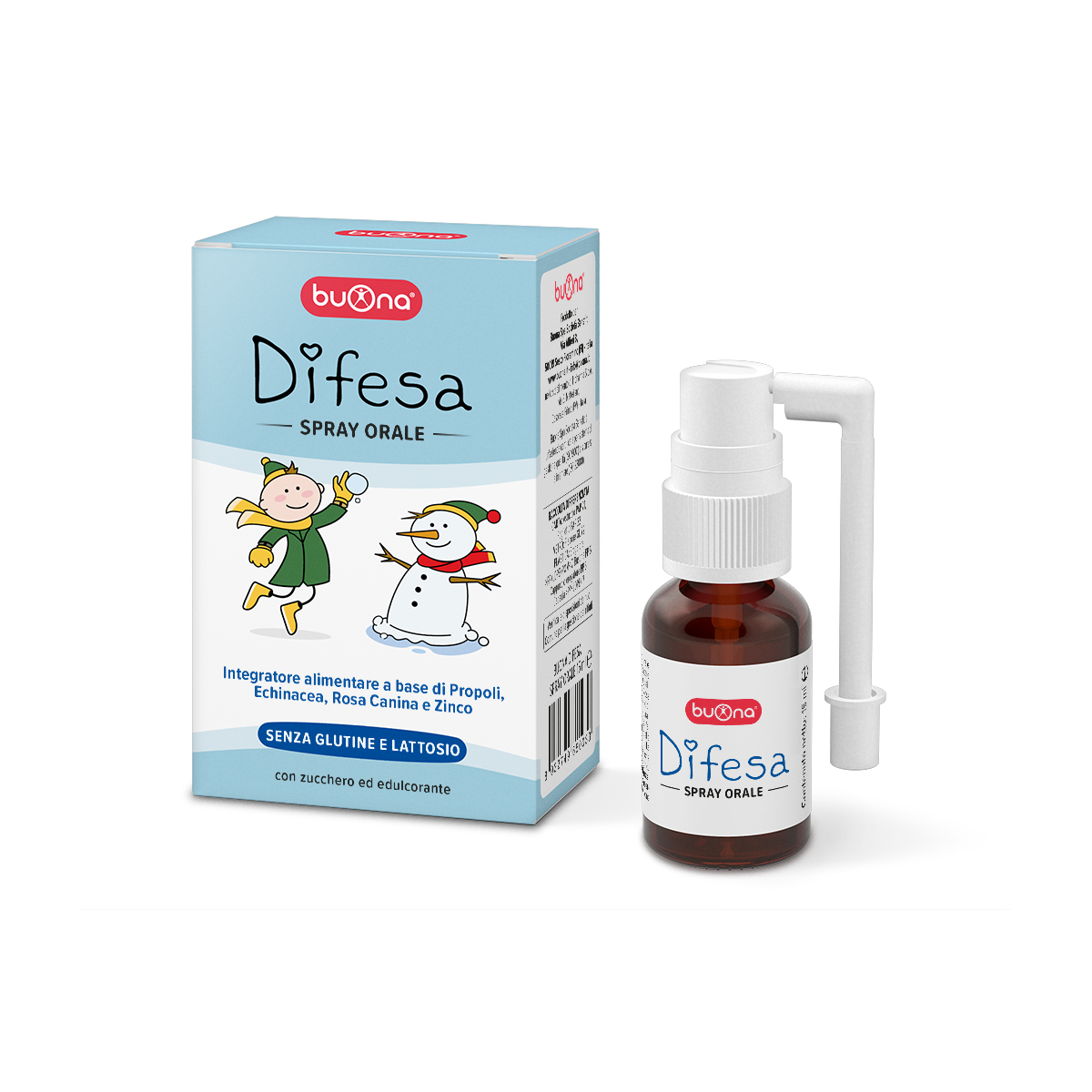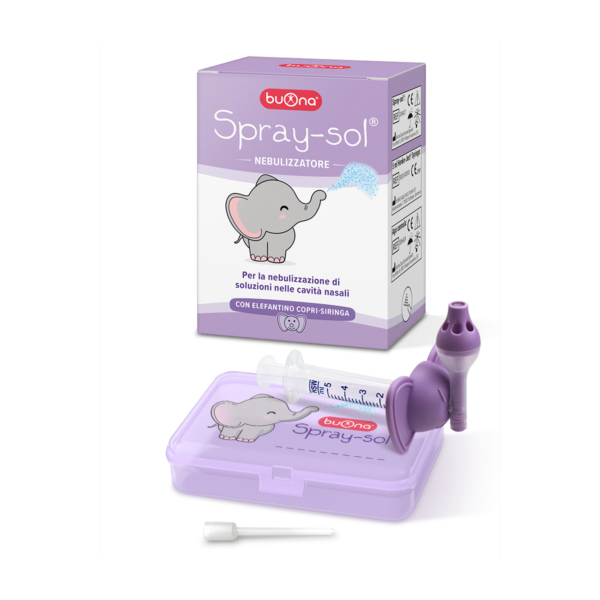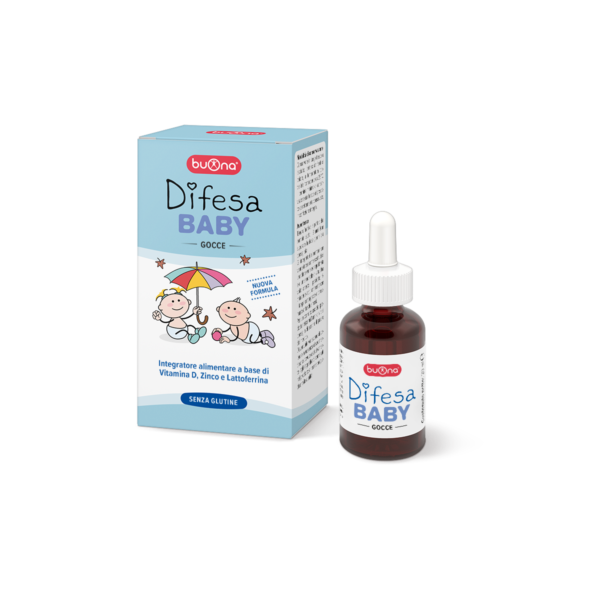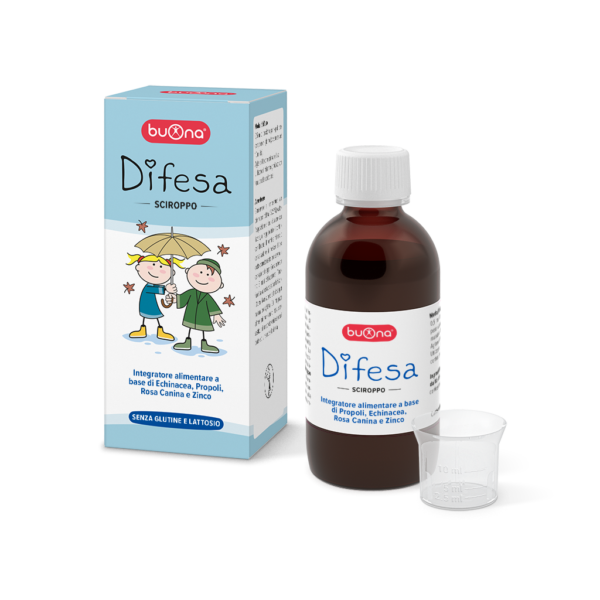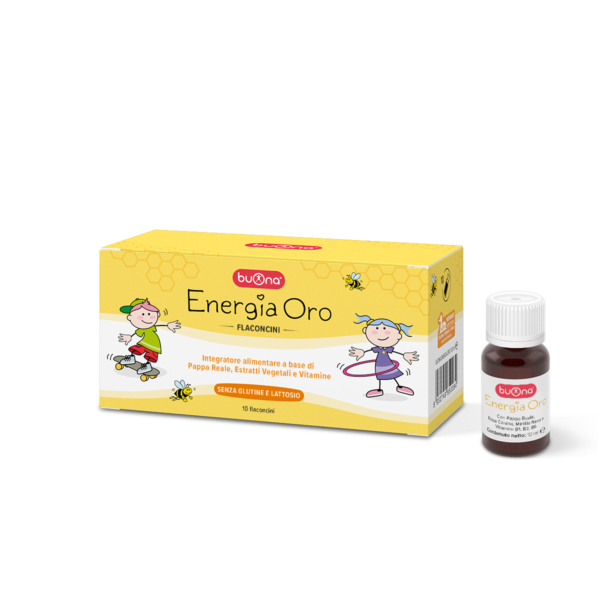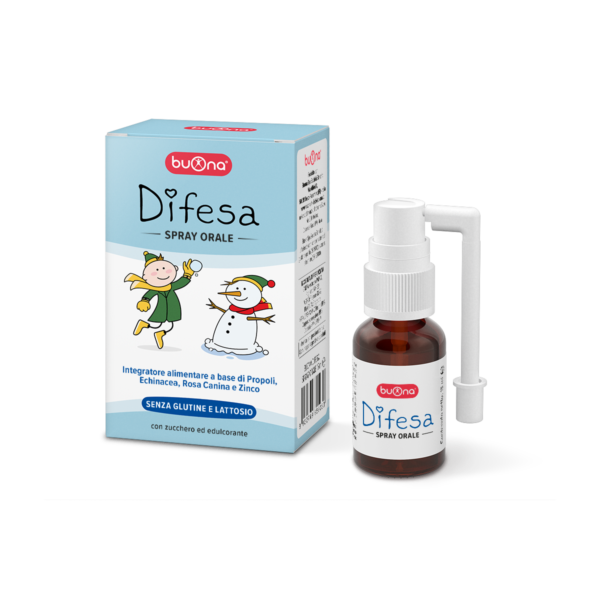The propolis (or propolis) is a resinous substance that bees collect from buds and from plant bark.
It consists mainly of a mixture of phenolic compounds of an aromatic nature, and is enriched by numerous rather heterogeneous substances (fatty acids, terpenes, amino acids, vitamins, mineral salts, etc.), the concentration of which can vary greatly. It is a substance of a purely vegetable origin, even if the bees,
after
harvesting it, process it with the addition of wax, pollen, and enzymes produced by their own bodies.
It is possible to subdivide the main components of propolis into five large groups:
- Resins 45-55%
- Wax and fatty acids 25-35% fatty
- Essential oils and volatile substances 10%
- Pollen 5%
- Other organic compounds and minerals 5%.
Inside the hive, propolis is used together with wax as a building material, as insulation, and as a protective coating for all the surfaces within the hive. The collection of propolis is also a social immunity mechanism put in place by the colony because it carries out important antibiotic, antimicrobial, and antiviral functions.
Because of its antibiotic and antimicrobial properties, propolis has been widely used in the biomedical field since ancient times. The Egyptians used it for embalming corpses, while in the classical and in the medieval period, it was widely used as a disinfectant and for encouraging wounds to heal, as well as a disinfectant for
inflammation affecting the oral cavity. Specifically for the treatment and care of oral cavity and respiratory tract inflammation, propolis has been in use since the eighteenth century.
Its antibiotic and antimicrobial function is, in fact, extremely effective in inhibiting the growth of microorganism pathogens which cause infections
and the inflammation of the oral cavity or the initial portions of the respiratory tract, quickly alleviating the symptoms of inflammation.
Echinacea is a medicinal plant from the roots and aerial parts of which extracts are obtained that are capable of activating and reinforcing the immune system. In traditional use, the extracts are used to prevent and fight colds and flu. Currently it is used for cycles lasting several weeks, thanks to its immunostimulating properties, for treating the symptoms of colds, sore throats, flu and urinary infections.
Rosa canina (dog rose) is a deciduous shrub with pale pink flowers which normally reaches 2 metres in height. It is called canina (canine) because its berries were used to treat the bites of rabid dogs, hence the name “dog rose”. The small berries of dog rose are the most concentrated “natural source” of Vitamin C, even 50-100 times higher than that of a traditional citrus fruits (oranges and lemons).
Zinc is an essential trace element necessary for normal human development. Some functions of the immune system are regulated by the presence of zinc, a deficit of which consequently causes a weakening of the immune defences. Several studies have shown that zinc supplements improve resistance to illnesses. Zinc and echinacea are complementary in strengthening the defences of the immune system.

